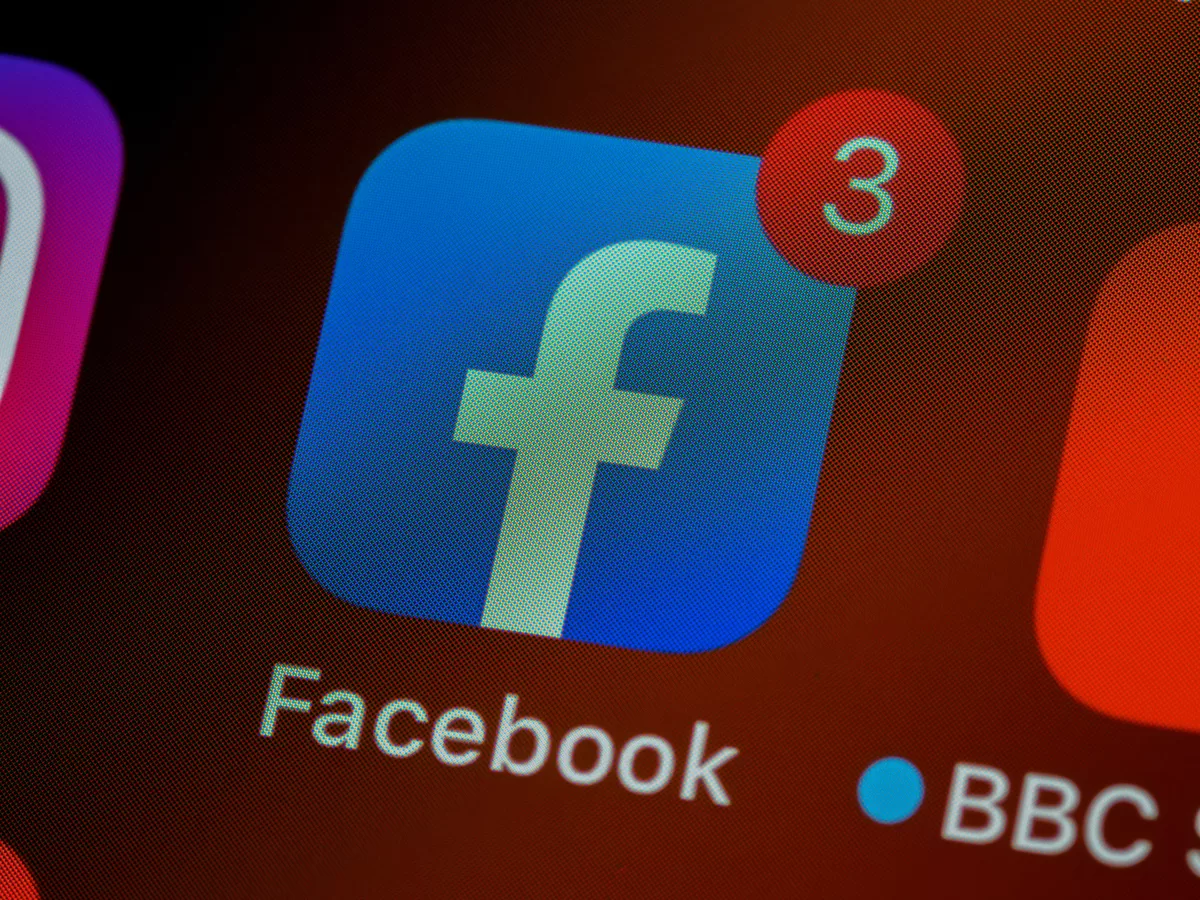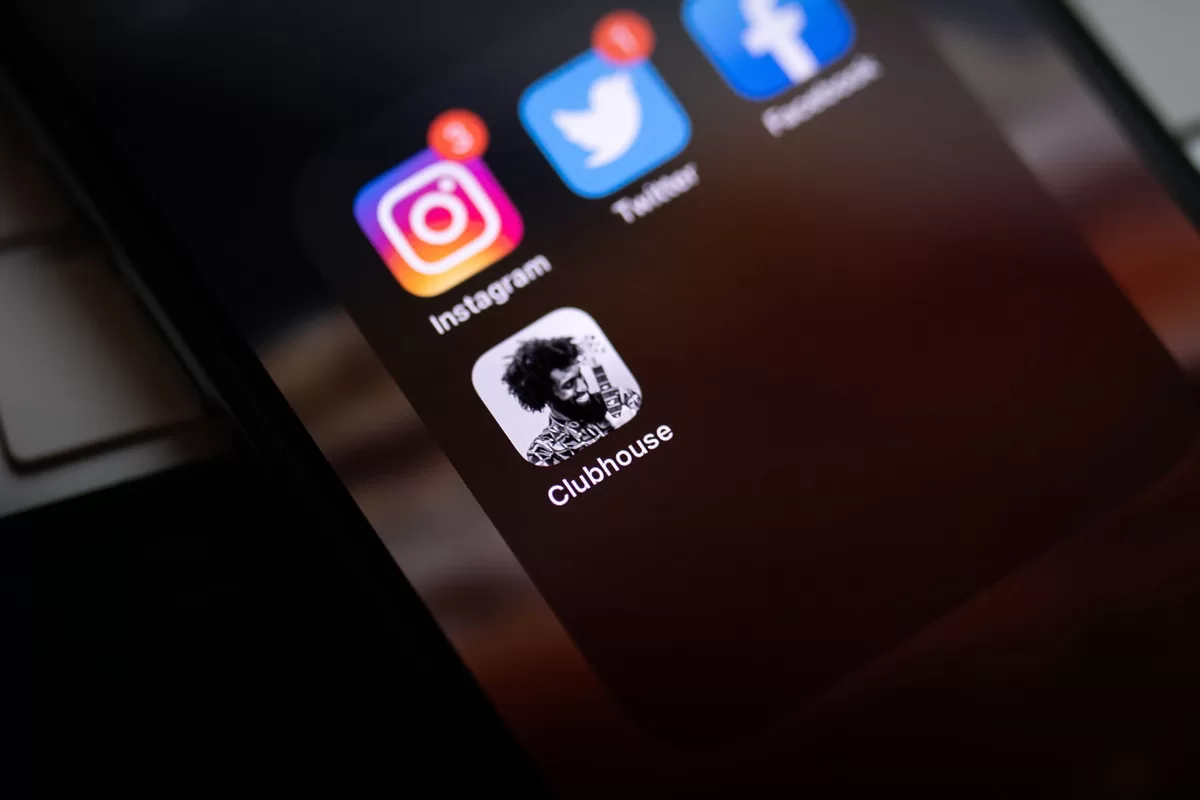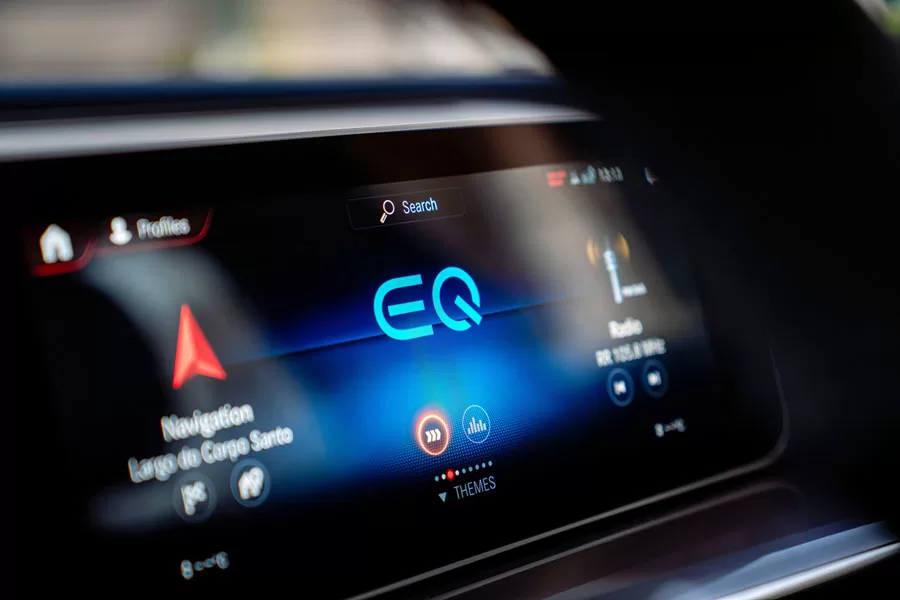The iab Australia ‘Advertising Audio State of the Nation: Wave 5 Report’, suggests that streaming audio and podcast advertising continues to play a significant, or regular part of advertising activities for marketing agencies across Australia.
As such, to understand how consumers’ brains respond to the different ad formats, and the subsequent brand message impact, new research was conducted by neuroscience specialist, Dr Shannon Bosshard in partnership with Australian Radio Network’s Neuro Lab.
The research mapped brain activity and analysed more than 40,000 data points across radio, podcasting and streaming ads.
The research suggests radio demonstrated the strongest ability to engage listeners for extended periods of time, with 60% more neural engagement than other audio formats. Podcasts led to higher levels of memory encoding, while music streaming advertising showed the strongest impact in promoting positive attitudes towards brands.
“This is the first time anyone has demonstrated from the perspective of the brain, that radio, podcasting and music streaming are processed differently and should be treated differently, in the same manner that audio and audio-visual mediums have been.” said Dr Bosshard.
Positioned as the first go-to-market research which measures attention, engagement, attitude and memory, the new research will form part of an ongoing initiative to better understand audio’s role and impact for brands.
You can view the full iab report here.




